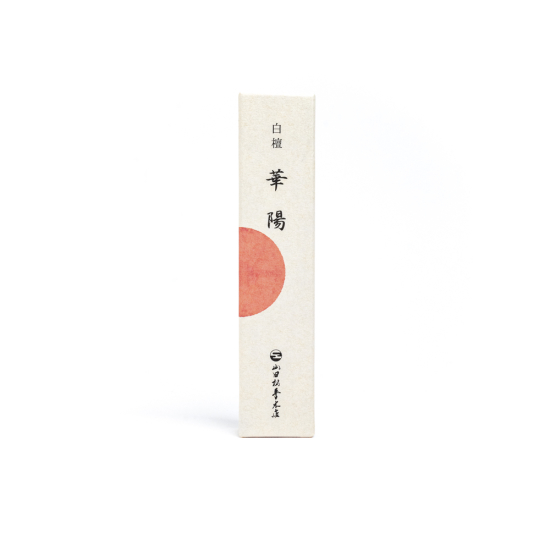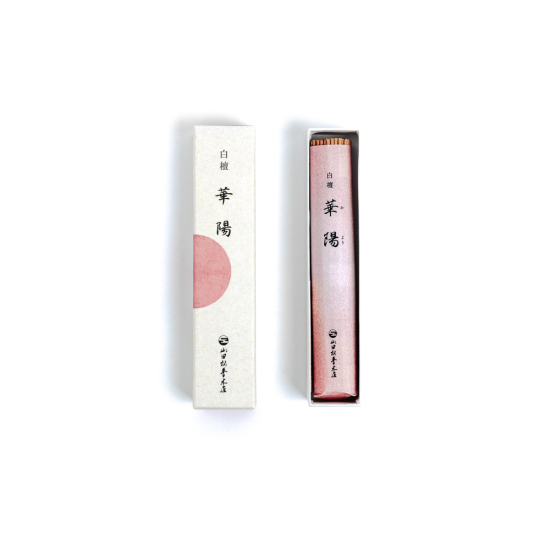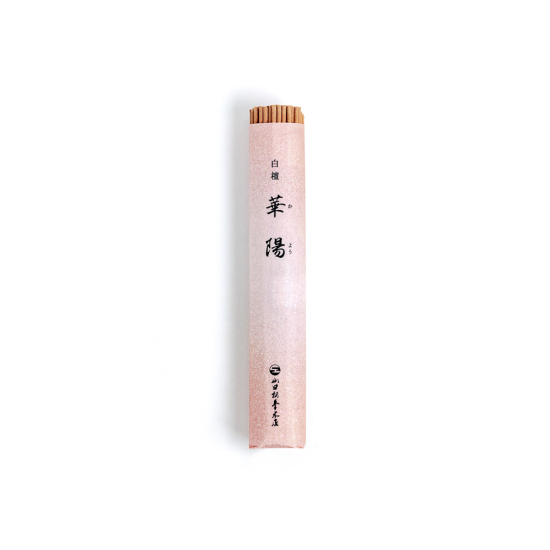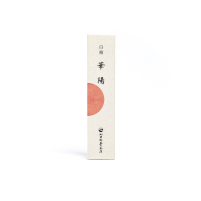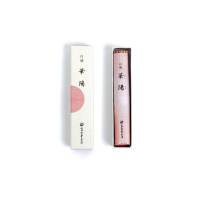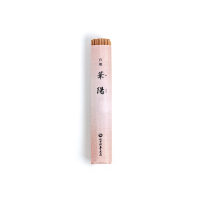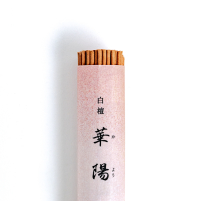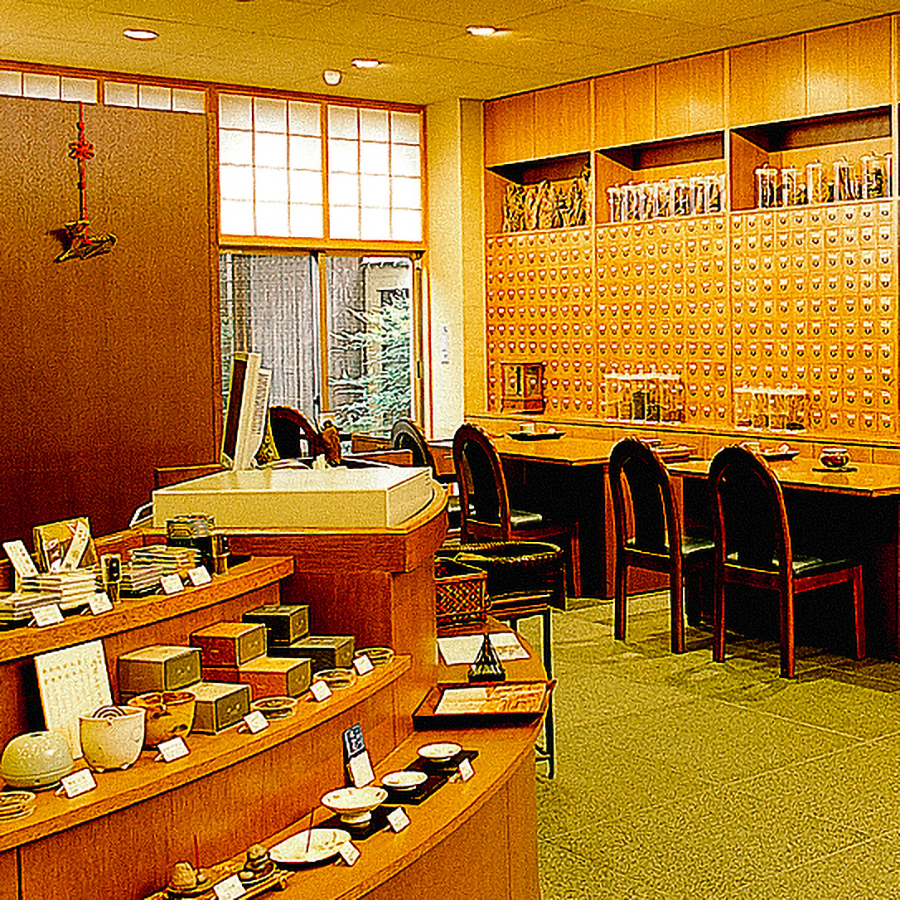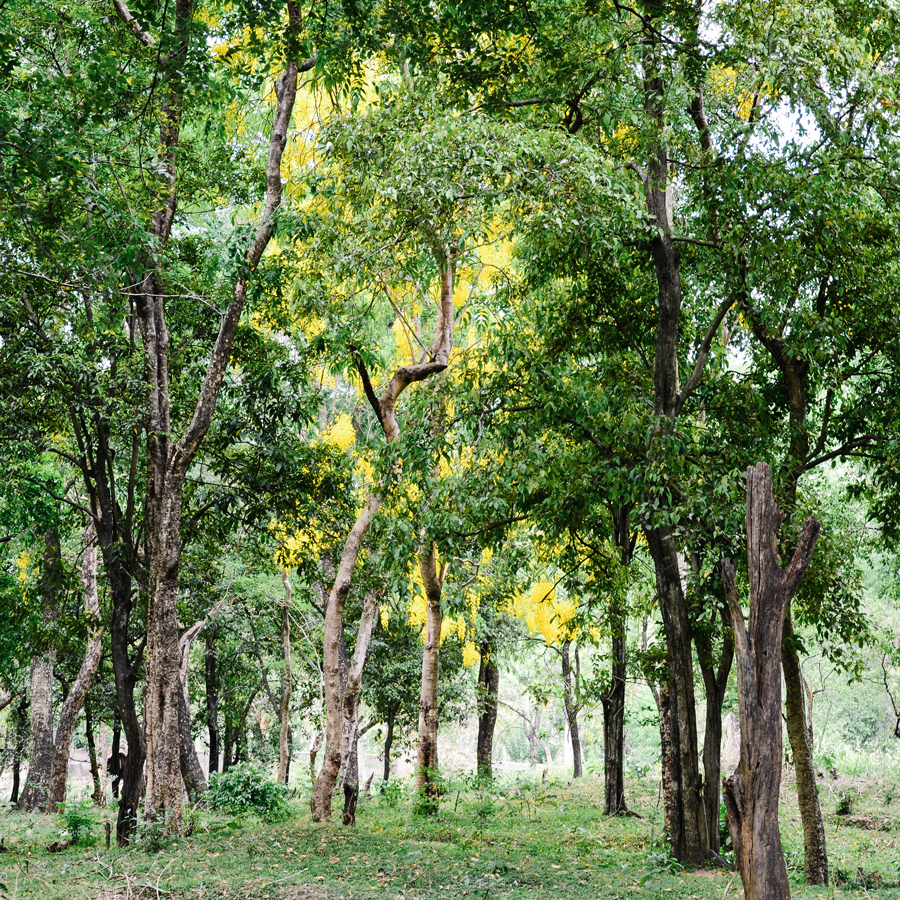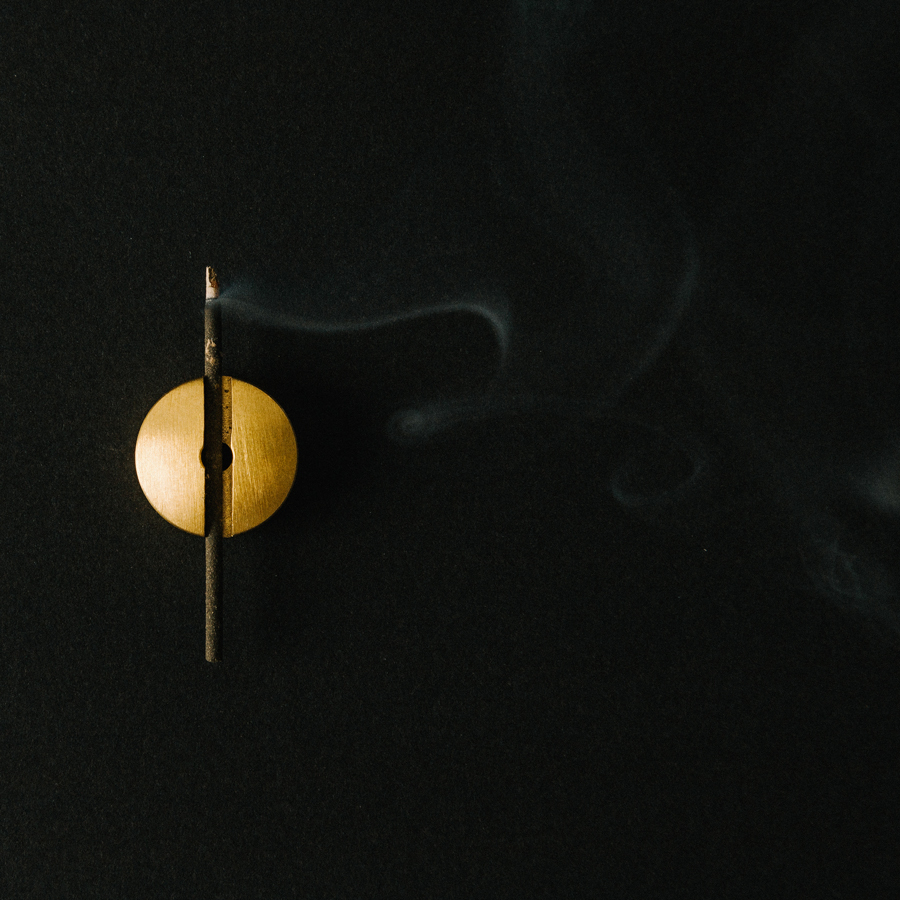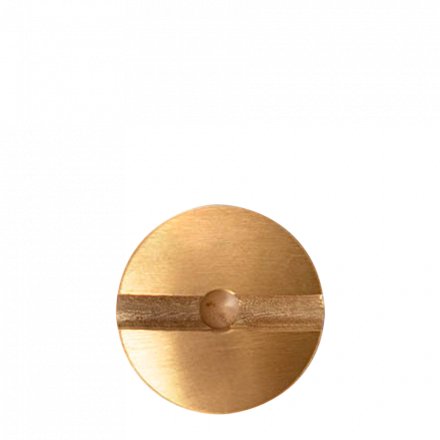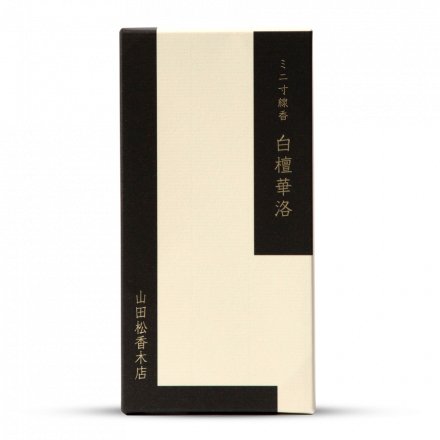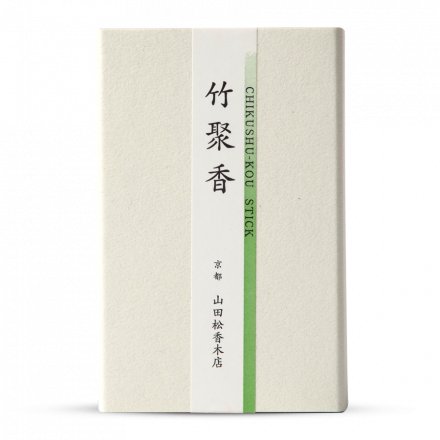Light the tip of the incense then blow out the flame so that it produces a gentle wisp of smoke. It is best to pair Japanese incense sticks with an incense holder and plate or an incense burner, such as a kōro half-filled with white ash, to catch the burned incense and protect underlying surfaces. Store in a cool, dry place away from direct sunlight.
Sandalwood Incense
KAYO
Yamada-Matsu
SKU
5749
These traditional Japanese incense sticks are made of of sandalwood from Mysore, India, where the highest grade of sandalwood is grown. Kayo is named after the Chronicles of Huayang, or Kayo Kokushi as it is known in Japanese, and has a deep and elegant scent, suitable for prayer and meditation.
| Brand | Yamada-Matsu |
|---|---|
| Origin | Kyoto, Japan |
| Stick length | 14cm |
| Burning time | 25 minutes |
| Weight | 68g |
| Packaging | Paper box |
Note: Due to a manufacturing update, this incense may come in a white box instead of the brown one pictured
In stock



